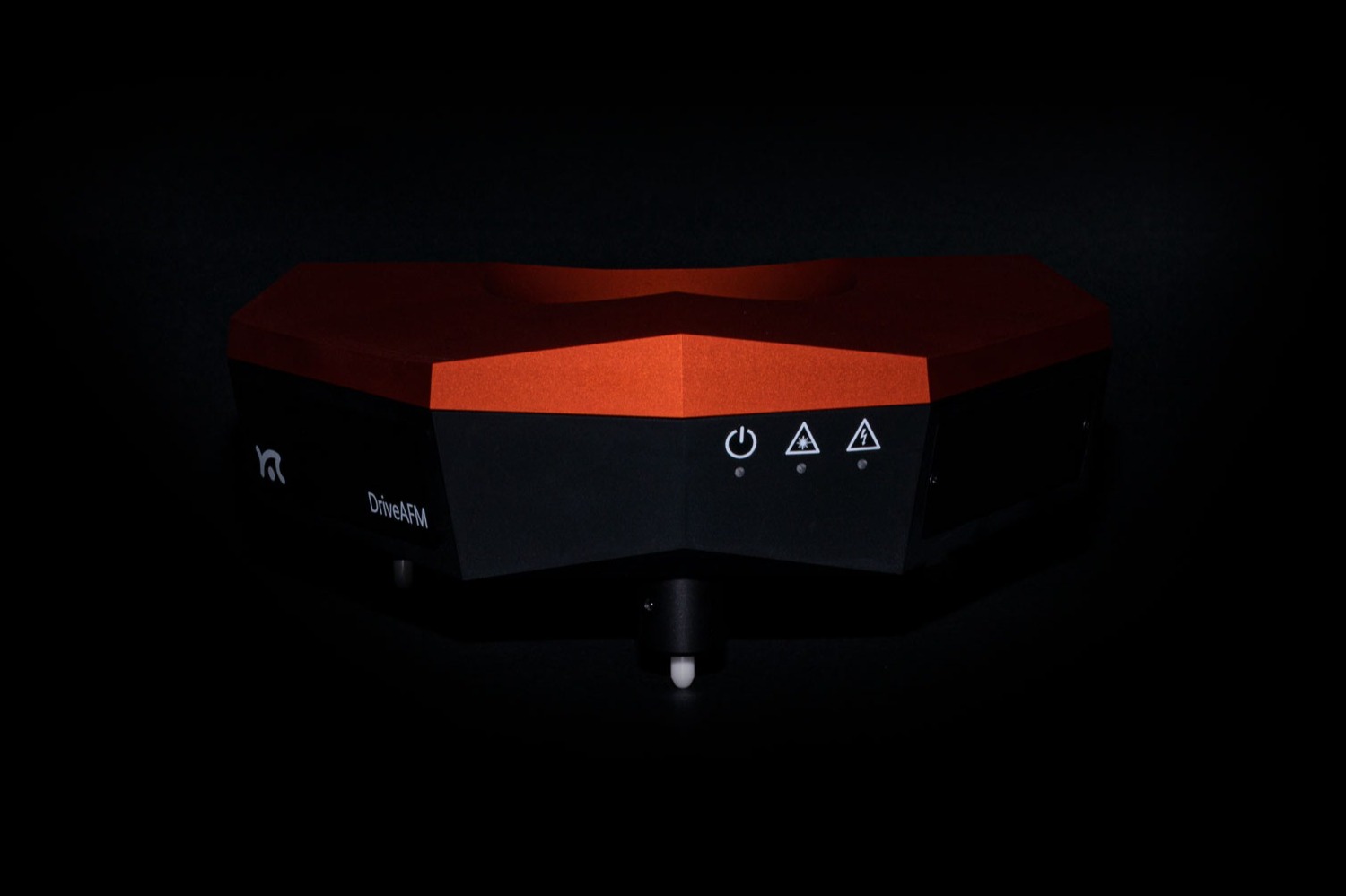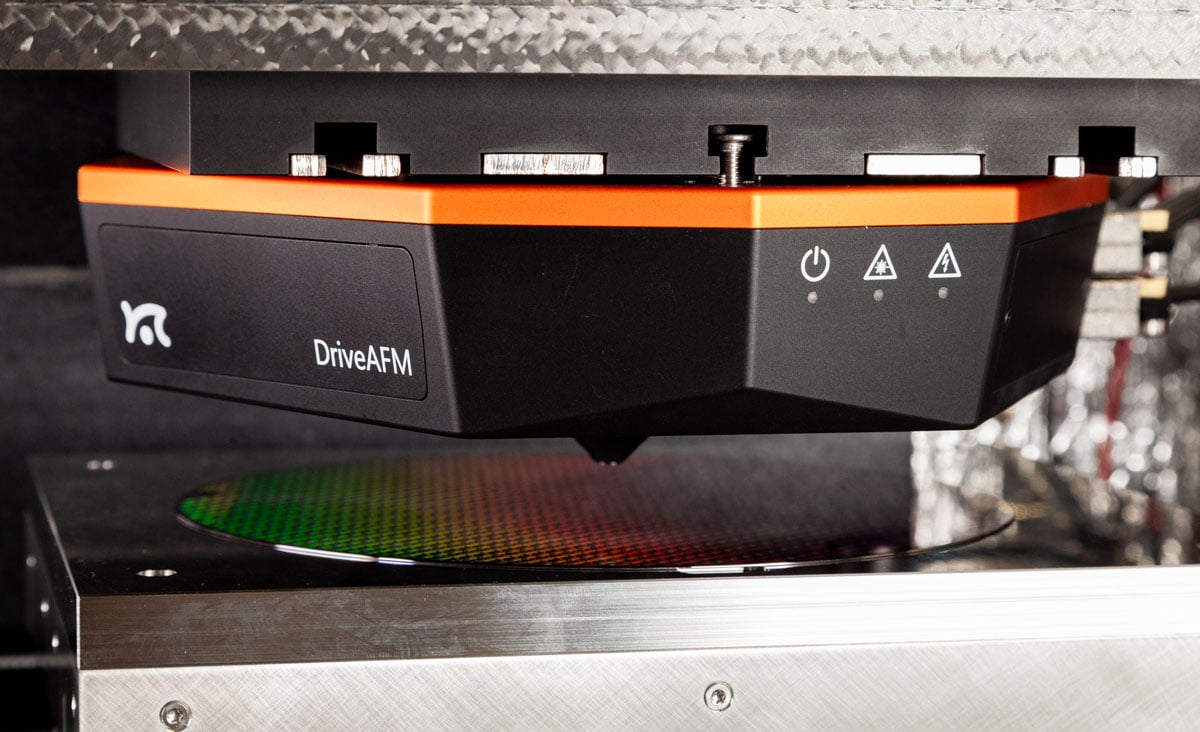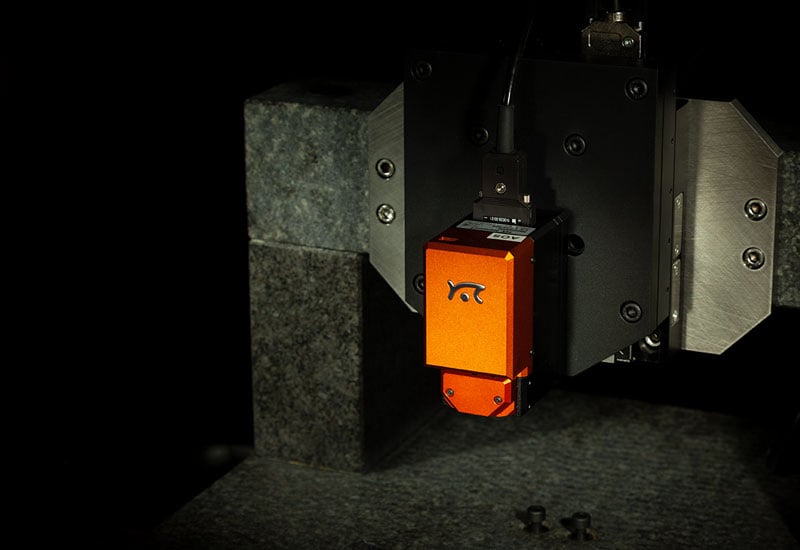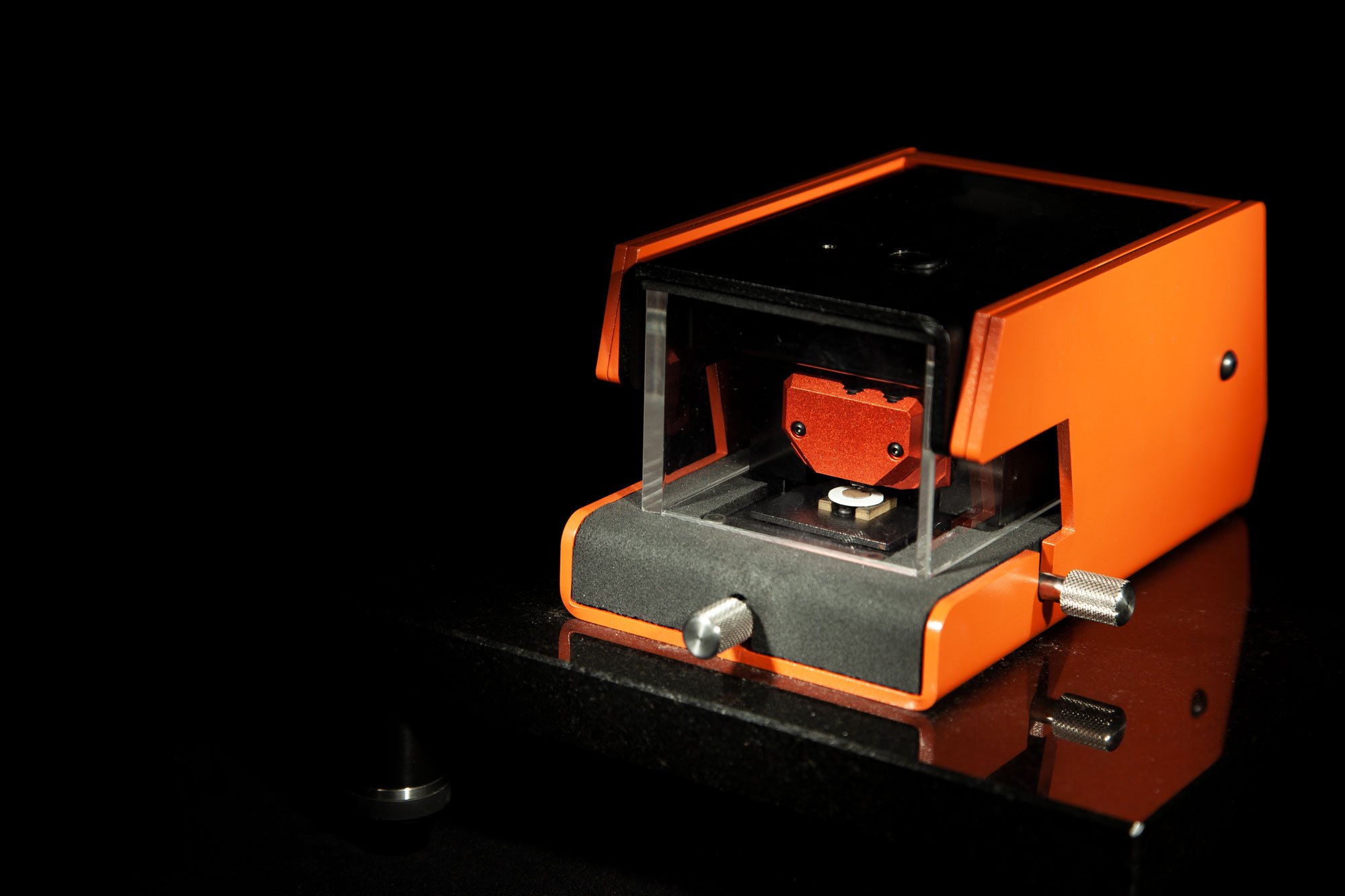Nanosurf offers a variety of versatile research-grade atomic force microscopes for different types of users and requirements.

The ultimate tool for nanoscale research from biological molecules to advanced new materials.
The versatile mid-range research AFM that grows with your demands in modes and accessories.
A compact affordable research AFM that is astoundingly easy to use, with more than 30 modes and options.
Measure roughness and other material properties of heavy and large samples up to 300 mm and 45 kg.
Bringing the power of DriveAFM to a wafer metrology system purpose-built for the requirements of the semiconductor industry.
For unique requirements, we will design a bespoke AFM solution, leveraging our decades of engineering expertise.
Slide an AFM onto your upright optical microscope turret for a leap in resolution.
One of the smallest ever AFMs, created for integration into custom stages or existing setups.
A flexibly mountable research-grade scan head for integration into custom stages or existing set ups.
What is atomic force microscopy (AFM)? How does AFM work? What AFM modes do I really need? How do I get started with AFM?
Learn how AFM works with cantilever/tip assembly interacting with the sample. Explore CleanDrive technology, calibration methods, and feedback principles for precise nanoscale imaging.
An overview of common AFM modes. To learn about each mode in more detail and see application, view the full article.
We regularly publish detailed reviews providing practical guidance and theoretical background on various AFM applications.
Read detailed technical descriptions about selected AFM techniques and learn how to perform specific measurements on Nanosurf instruments.
A library of links to research papers in which Nanosurf instruments were used.
Learn AFM from our library of recorded webinars, covering different measurement techniques, modes, and areas of application.
Short video clips explaining how to perform different operations on Nanosurf instruments.
Watch a product demonstration to learn about the capabilities of our AFMs.
Short videos of our AFMs.
Browse news articles, press releases and a variety of other articles all around Nanosurf.
Browse Héctor Corte-Léon's weekly experiments, for inspiration, entertainment, and to discover everyday applications of AFM.
Nanosurf is a premier provider of atomic force microscopy systems, catering to the demands of scientific research, the nanotechnology industry, semiconductor production, and quality control. With a comprehensive product portfolio of AFM instruments, Nanosurf serves a diverse clientele across materials science, electronics development, life sciences, energy research, industrial QC and the semiconductor sector. Among its users are leading semiconductor corporations, prestigious research universities and institutions, and key national laboratories worldwide.
Speak to an AFM Expert
Life Science, Materials Research, Electronics
Nanosurf offers a variety of versatile research-grade atomic force microscopes for different types of users and requirements.

Wafers, Glass, and more
Nanosurf offers purpose-built solutions for various industrial applications and the option to build custom AFM systems.

Special Requirements
AFMs suitable for integrating into existing setups or customized systems for special purposes.

Education & Basic Research
Simple, robust, and easy to use instruments popular for educational settings and to perform basic research.
#{ item.resourceType }
#{ item.date_text_field }
#{ truncateText(item.metadescription) }
#{ item.readmoretext }Research
Research
Research
Industry
Industry
Universities
Research Institutes
What are some of the things you are looking for when choosing tools for a shared user facility?
#{ item.resourceType }
#{ item.date_text_field }
#{ truncateText(item.metadescription) }
#{ item.readmoretext }#{ item.event_type }
#{ item.start_date_formatted } | #{ item.end_date_formatted }
#{ item.event_locations }
#{ item.metadescription }
#{ item.readmoretext }#{ row.name }
#{ item.resourceType }
#{ item.date_text_field }
#{ truncateText(item.metadescription) }
#{ item.readmoretext }